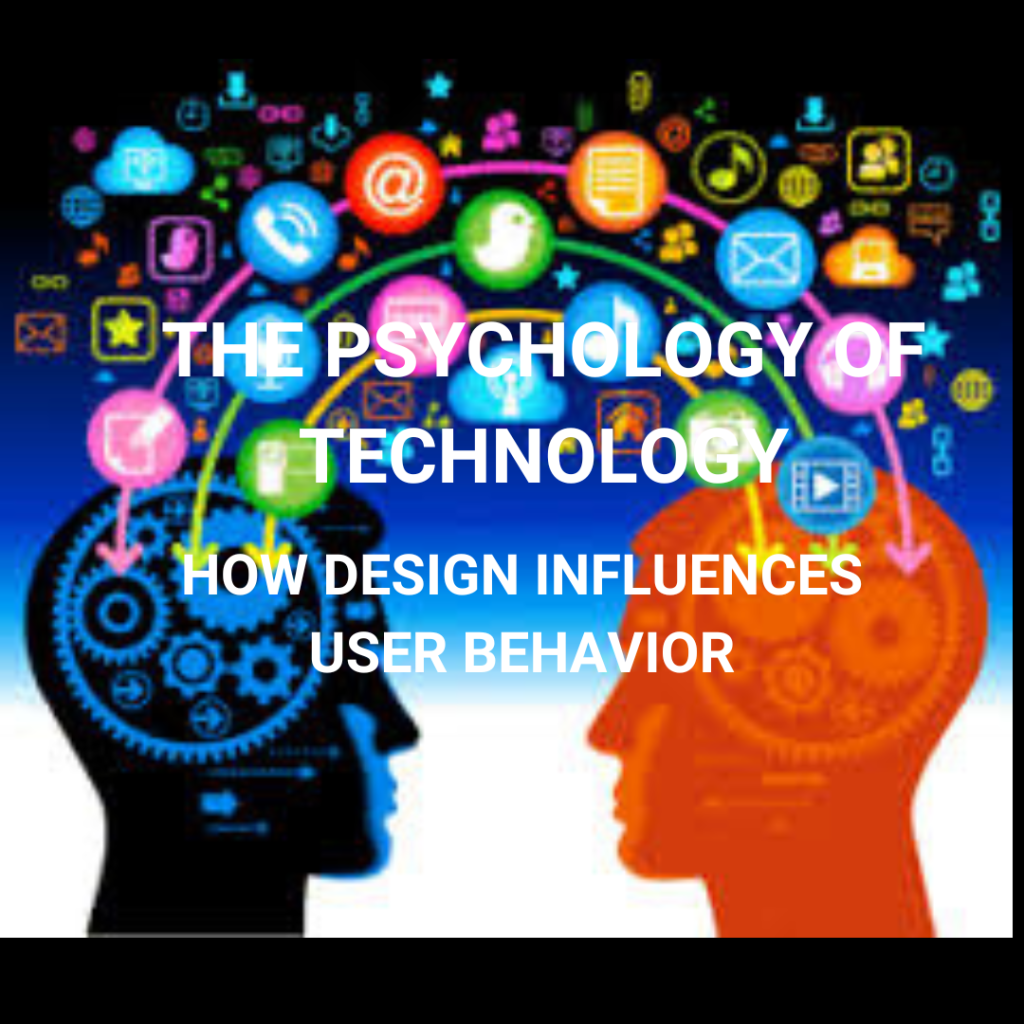In the modern digital landscape, technology isn’t just about functionality and efficiency; it’s also about psychology. Behind every app, website, or device lies a carefully crafted user experience designed to influence behavior, engagement, and even emotions. Understanding the psychology of technology can provide profound insights into why we interact with our devices the way we do and how design choices shape our digital experiences.
The Power of Design
Design isn’t merely about aesthetics; it’s a powerful tool that can influence human behavior in subtle yet significant ways. User interface (UI) and user experience (UX) designers employ principles from psychology to create interfaces that are intuitive, engaging, and persuasive.
Cognitive Load and Simplicity

One of the key principles in UX design is reducing cognitive load, or the mental effort required to use a product. By simplifying interfaces, minimizing distractions, and organizing information effectively, designers can make interactions smoother and more enjoyable. For example, the minimalist design of apps like Google’s search engine or Apple’s iPhone reflects a commitment to reducing cognitive overload and enhancing user experience.
The Psychology of Color and Visuals
Color psychology plays a crucial role in design, as different colors can evoke specific emotions and associations. For instance, red is often associated with urgency or passion, while blue conveys trust and stability. By strategically using colors in interfaces, designers can influence users’ moods and perceptions.
Visual cues also play a significant role in guiding user behavior. From subtle animations that indicate progress to clear call-to-action buttons that prompt action, visual elements can nudge users towards desired behaviors without explicit instruction.
The Persuasive Power of Persuasive Design
Persuasive design employs psychological principles to encourage specific actions or behaviors. Techniques such as social proof (e.g., displaying testimonials or user reviews), scarcity (e.g., limited-time offers), and gamification (e.g., earning rewards for completing tasks) are commonly used to motivate users and drive engagement.
Ethical Considerations

While the manipulation of user behavior through design can be powerful, it also raises ethical concerns. Designers must consider the potential impact of their choices on users’ well-being and autonomy. Dark patterns—design elements intended to deceive or manipulate users—are particularly controversial, as they prioritize business goals over user interests.
Conclusion
The psychology of technology underscores the intricate relationship between design and human behavior in the digital age. By understanding the psychological principles at play, both designers and users can navigate the digital landscape more consciously. Ultimately, designing with empathy, transparency, and ethical considerations in mind can lead to more positive and meaningful interactions between people and technology.








Leave a comment